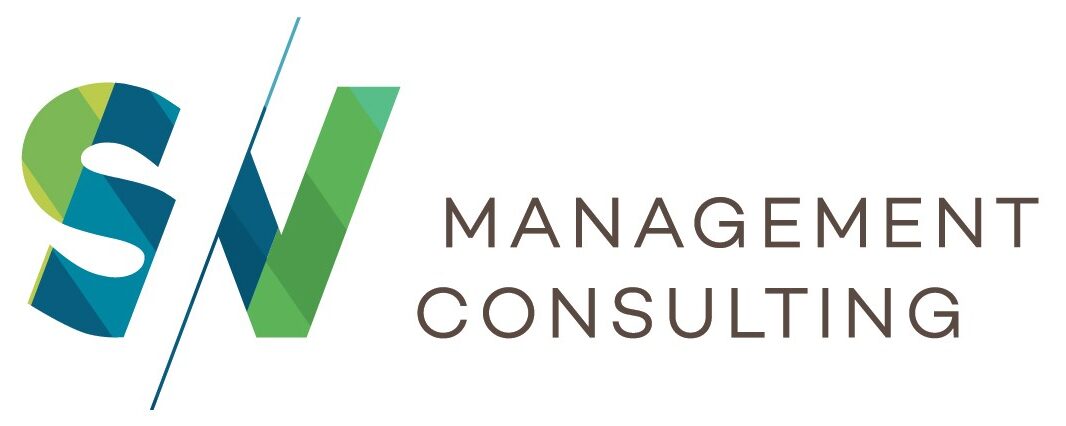
Picture Jim, Sherry, and Lynn (fictional characters for a GM, Marketing Director, and Specialty Leasing lead at a fast-growing commercial real estate firm) traveling to the corporate office to present their budget and business plan. They are excited and a bit nervous. This is their only opportunity to connect directly with Senior Executives and make a great impression in budget leadership. They are poised to showcase their knowledge, commitment to the assets, and the teamwork they have nurtured.
They worked tirelessly to meet deadlines, learned new systems, and spent numerous hours with each department to understand every line of the budget. They come prepared to showcase their knowledge and creativity for being part of the team to drive income, review payback projects, share their ideas, provide honest feedback, and show or develop strategic abilities.
As they enter the budget meeting, the trio is surprised by the number of people in attendance, both on Zoom and in the room. They are unfamiliar with some players and with others, they question, “Why are they even here?” But, Jim, Sherry, and Lynn are well-prepared with a stellar presentation and meticulous handouts. They take the stage energized to share data-driven insights and introduce new ideas for growth. This is their time to shine.
However, five minutes into the presentation, the executive team — pressed for time — begins interrupting and firing questions at the trio. (These senior leaders have been through myriad budget meetings and developed a shortcut to get the answers they want quickly.) The interruptions distract Jim and his counterparts, and he is thrust into a defensive mode trying to answer the executives’ questions without being allowed to share the data visualizations and storytelling the team so painstakingly prepared.
Fear, frustration, and anxiety start to creep in, as the teams feel brushed off and undervalued. The meeting ends abruptly, changes are directed at them, and sadly, a key transformational leadership moment is missed.
In this scenario, the middle-management team was not set up for success. When it comes to budget leadership and presentations, the C-suite should have provided clear objectives, goals, and resources to help the team successfully prepare and deliver crucial company information.
Here are a few tips to help empower your team for success, while providing them an opportunity to shine as emerging leaders within your CRE organization:
- Budget instructions should be clear — from the systems and software used to company-branded PowerPoint templates and pre-determined presentation agendas and frameworks.
- Well in advance of the meeting, executives need to align on the purpose and their expectations of the presentation. Is it purely transactional or are they positioning talent to share their vision and grow as leaders?
- Asking difficult questions is fine, but if there are terms and expectations of the knowledge the team should be mastering, training or mentorship should be provided.
- Pushing teams is also fine but doing so before they can share their full presentation affects their confidence and thought process. Transformative leadership gives space for others to be heard while being respectful of everyone in the room. In some cases, it is better to provide feedback after the meeting (and to the team’s supervisor) not to discourage or dismiss their efforts. Constructive criticism includes highlighting what was done well, in addition to what needs improving
- Manage the Smartest Person in the Room Syndrome (SPITRS) occurs when individuals, often in leadership positions, consistently dominate discussions, dismiss others’ ideas, and assume they have the best solutions to all problems. In commercial real estate, this can be particularly detrimental given the complex, multifaceted nature of deals and projects. To mitigate this, practice active listening, encourage diverse viewpoints, foster a culture of collaboration, and lead by example, allowing the presenters the space and grace to deliver their presentation with confidence.
- Finance and asset management should help create presentation templates, providing the guidelines for efficient and effective budget reporting.
Senior leaders are time constrained. They often attend budget meetings with tunnel vision to get to the numbers quickly. However, they should be aware of their impact on those presenting. Business planning and presenting are critical to the growth of teams and companies and can be a fantastic opportunity to provide up-and-coming leaders with a pathway to be part of the company’s mission and vision.
Before the meeting, everyone must know their role in the room. Is a budget packet and Q&A sufficient? Is data visualization on a large screen required? Who is leading the meeting and who is essential to have in attendance? Regardless of the meeting format, executives must exercise emotional intelligence to retain and grow talent. Transformational Leadership requires providing space, so listen to your team, let them present, and exercise their budget leadership.
Need assistance with training, creating templates, or aligning leadership in the budgeting process? I’m here to help. Schedule a free 30-minute session.


